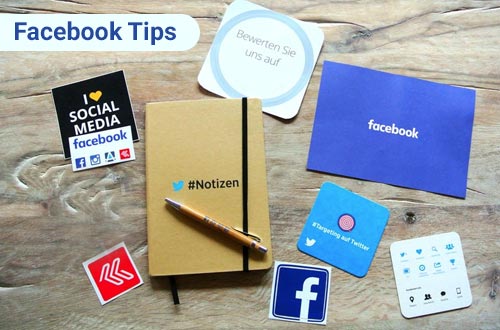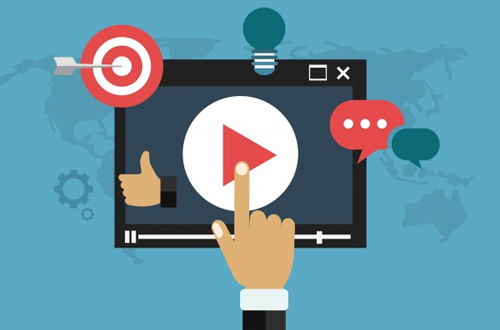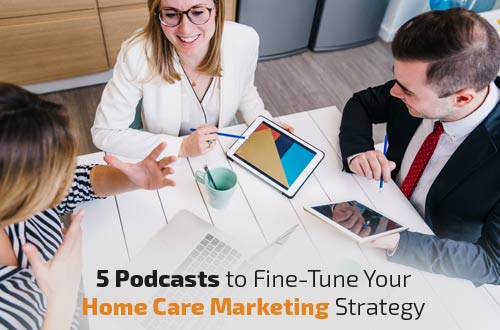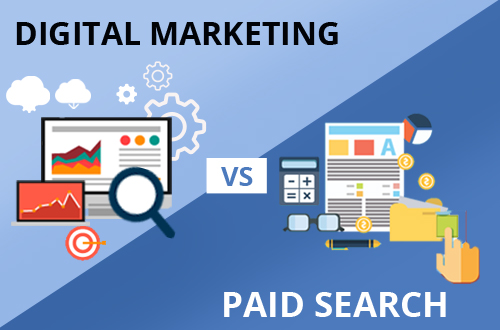Facebook is one happy medium that can hypnotize users for hours. While it is the social aspect of this popular social networking platform that initially draws people, there’s a lot more to it than just being a means to find out what’s going in the life of an old friend from high school or to check out the new family pics.
Facebook is one of the most powerful tools you will find in the market to promote your home care business. It can put your service right in front of the largest audience. If you have an amazing business page with excellent graphics and crisp call-to-action buttons, you will attract an even wider audience.
Let’s take a look at how this can be is done:
Your Facebook Business Page Is Where the MAGIC Happens!
This is where you’ll share your video content, blog content, post images, publish ads and more.
Here are a few things to keep in mind for creating an impactful Facebook Page:
- Choose images which are in-focus, feature interesting compositions, and that do not violate Facebook’s Terms of Service.
- Create a target for every post for your prospects to improve likes, click-throughs and shares.
- Give a prompt response on the comments below the posts.
Say No to Click-Bait Ads
A click-bait title promises something great, but does not deliver. If you use blatant headlines in the content on Facebook, expect to be penalized with limited reach. Click-bait ads are specifically designed to prompt people to click on them. The more people click on them, the more widely they are distributed since the algorithm which powers Facebook is programmed for viewing clicks, comments, likes and shares as pointers of quality content. Make sure you do not fall prey to such ads.
How About A COOL Incentive to the Clients?
This is one of the easiest yet most effective Facebook tips for marketing. Offering exclusive offers, discounts, and coupons is while focusing on your target audience is a great idea to stay on top of the mind of your clients and entice new ones.
As you fine-tune your marketing strategy with these useful Facebook marketing tips, you will yield amazing results in your follower engagement, website traffic, and brand exposure on Facebook.






